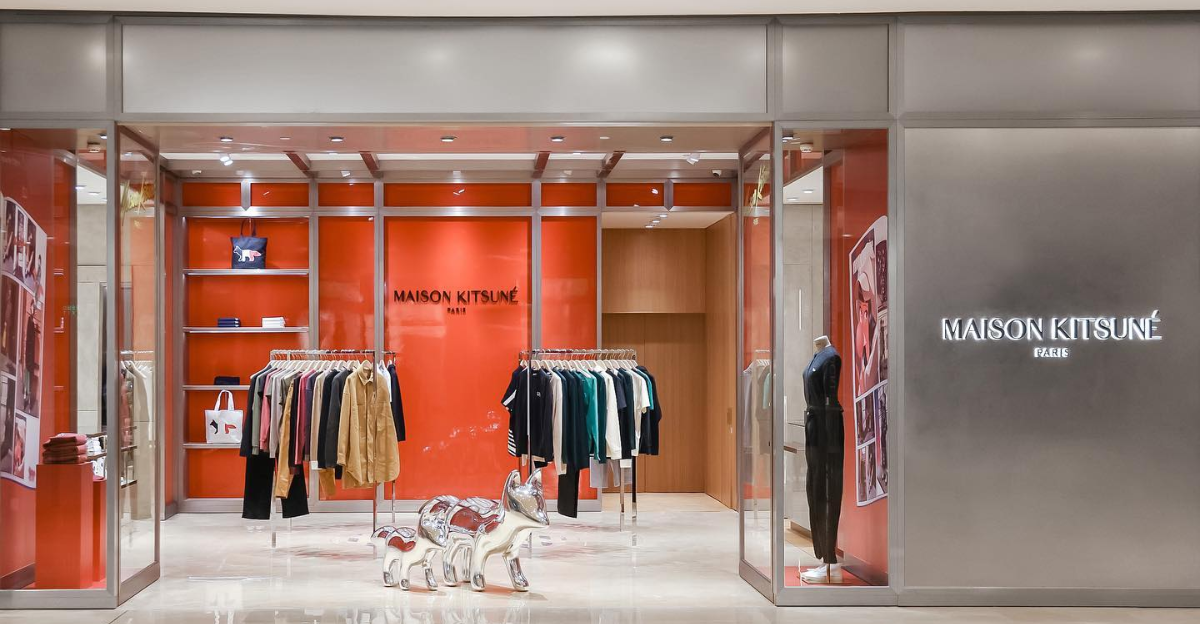
Popular fashion brands and bankruptcy are just impossible to fit together. It’s an oxymoron, something older generations might fault the digitalization of fashion and, as a consequence, younger people on. What is certain is that in 2025, fashion brands are at the peak of their power. The one we’re discussing today has built a cult following worldwide too. Since its founding in 2002, it has expanded to around 45 boutiques globally, including the biggest cities the U.S has to offer, like New York and Los Angeles. So then, why is it… shutting down? Looking at the state of the world, this is not supposed to make sense. But it happened. The only thing we may do now is analyze. Learn and study from the mistakes of someone who might’ve assumed the world was at their feet. These, some people might agree, are the best lessons to learn.
Slow Signals Behind the Scenes
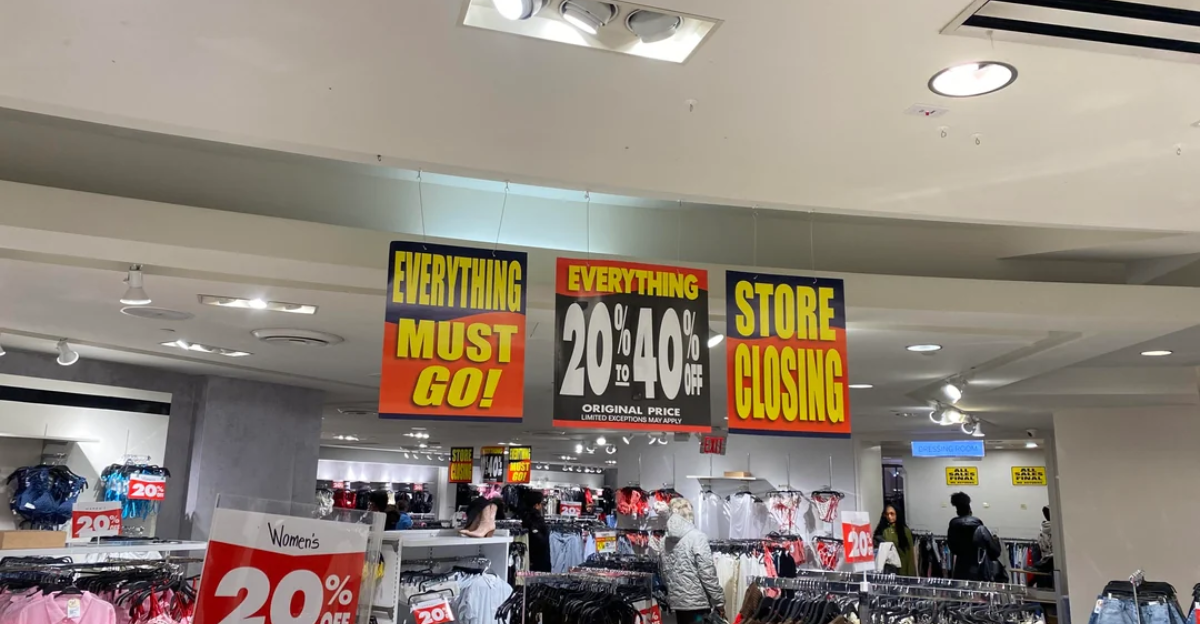
Over the last couple months, fans of this particular fashion brand noticed subtle changes. Mostly about how quiet the shops are lately, but fewer new collections and growing gossip about slowdown were happening quite frequently. Hence Reddit users believe closures began silently, with some people mentioning NYC locations and others noting disappearing stock in LA. Yet, in spite of all these changes, no formal announcement was ever issued.
Loyal Customers Raise Eyebrows

A bunch of fans criticized that the product quality isn’t improving, but the prices keep climbing. The brand’s iconic fox motif vibes were overshadowed by “logomania,” according to threads’ users. Couture industry watchers suggested overexpansion and watering down the fashion brand’s identity may have eroded its interaction in the U.S. markets. However… is that really the case?
Digital and Wholesale Growth Masks the Return Shift

Well, global revenue reportedly continued to grow, since it got driven by e-commerce and wholesale partnerships, and in this U.S. retail started being seen as less central to future strategy. In other continents as well as in the U.S. no significant dip was registered; one management would’ve cared about. What this means is that strategically, the brand has been aiming toward digital-first distribution while scaling back physical store commitments across North America. With everything becoming more and more expensive, the online world appears to be salvation for both the retailer and the consumer.
The Sudden U.S. Announcement
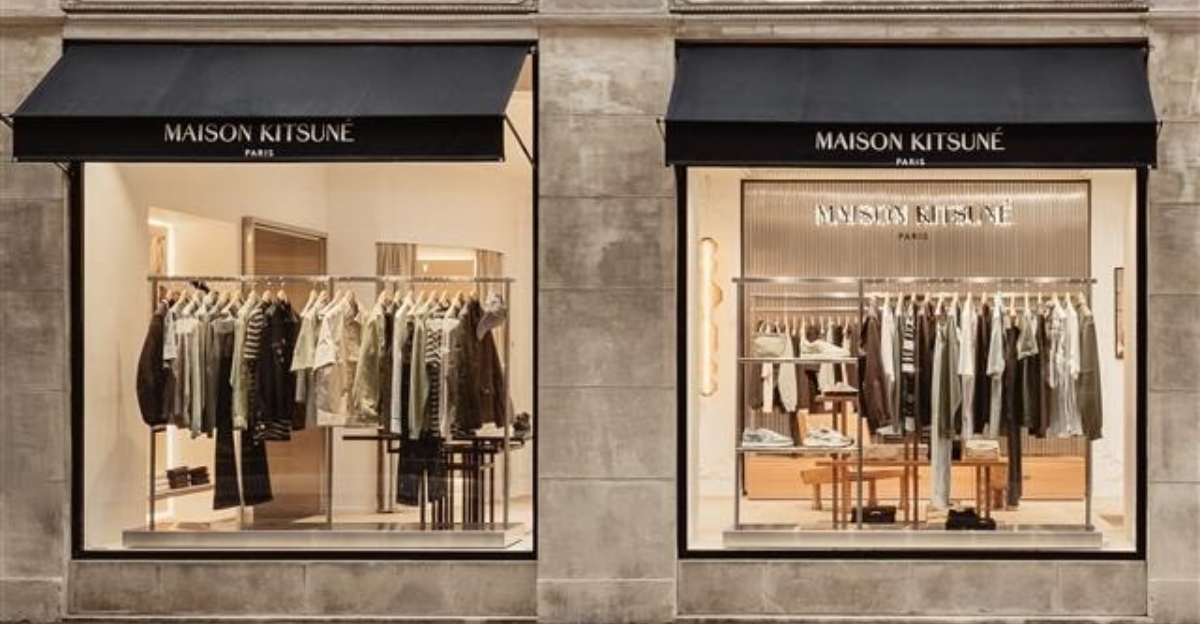
On July 25, 2025, Maison Kitsuné issued a statement: all its U.S. boutiques would close immediately, with no reopening timeline given to either customers or the staff. Employees across the American locations learned their positions were eliminated, and as a result, the entire U.S. retail workforce was laid off in a single day. The abruptness sounds each one of us’ little pieces of Hell. No one wants to be laid off from work, let alone without proper communication… something employees are accusing Maison Kitsuné of here.
Workforce Impact With U.S. Only Layoffs
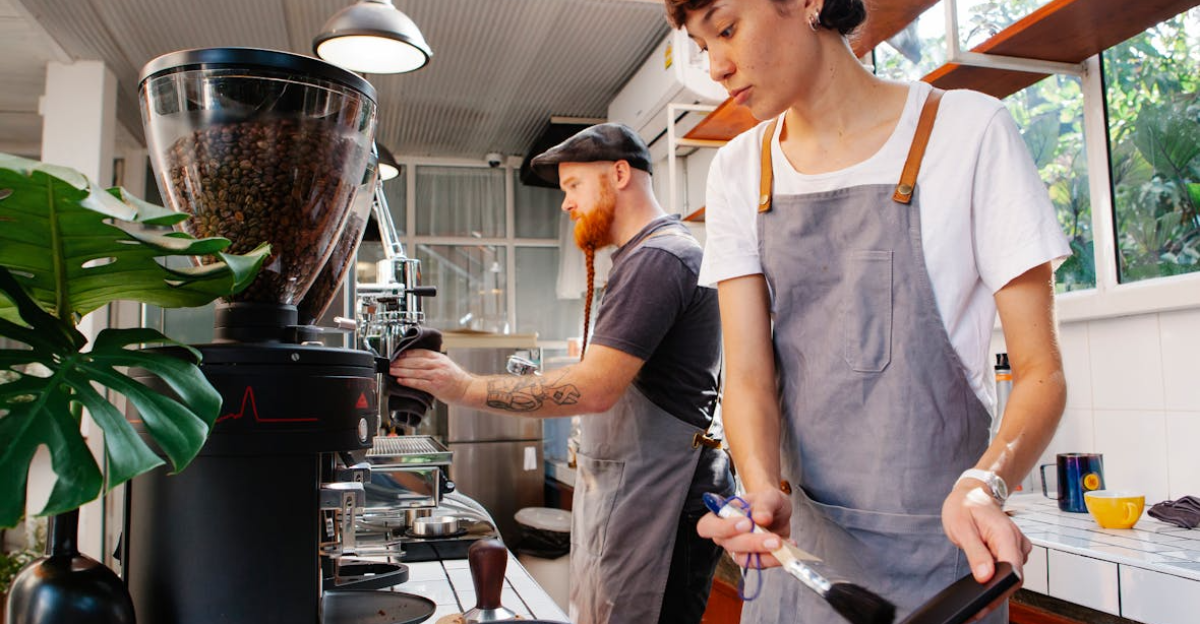
While the brand handles multiple cafes and shops in Europe and Asia, only its U.S. based retail teams were affected. Staff involved in cafés, wholesale, or digital operations internationally remain employed. But sources are saying that at least a few dozen employees in NYC, L.A., and Chicago were impacted. Is this specific targeting of areas and people prolific for the business? The short answer is yes and no. The benefits may or may not outweigh the current disadvantages the fashion brand has created in the eyes of the people.
A Strategic Reset Overseas

Since Western markets like Japan and Europe remain untouched, in part thanks to the brand’s continued expansion of Café Kitsuné locations and wholesale deals in Asia-Pacific. So, the brand is not as affected as someone might’ve expected after losing U.S. stores. But more importantly, this suggests the U.S. pullback is a tactical chess move rather than a signal of global decline rewritten as a necessary step towards reform.
What Drove The Decision?

Comments from the executive power made sure to frame the U.S. store closures as part of a larger rebalance toward digital sales and select wholesale partnerships. With costs rising and tariffs still pressuring margins, keeping physical stores in the current American economy appeared untenable. Maison Kitsuné looked unimpressed with the U.S. market, hence the decision can be described as rushed by many. The brand emphasized maintaining its identity while talking about improving their efficiency.
What Customers And Employees Are Saying
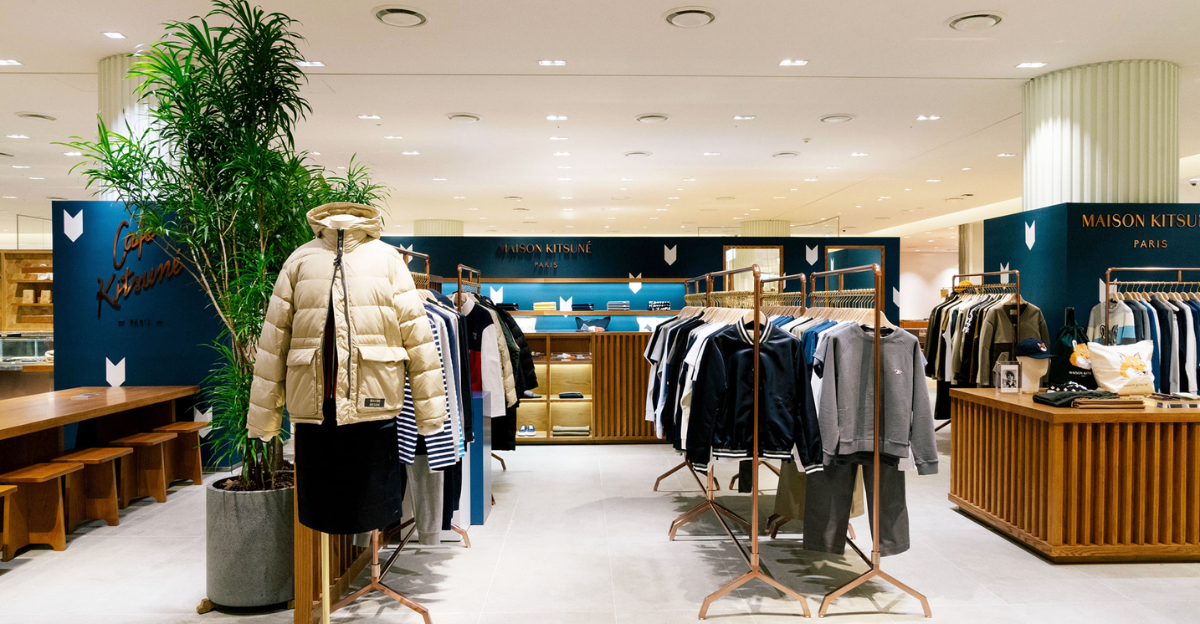
On Reddit and fashion forums, fans expressed disappointment. They primarily commented that U.S. prices felt unjustified given product shifts. Displaced employees described the layoffs as abrupt and disorienting, with minimal notice and limited support. In both camps, there’s a shared sense: something meaningful has changed.
Reinvention Or A Final Hoorah?
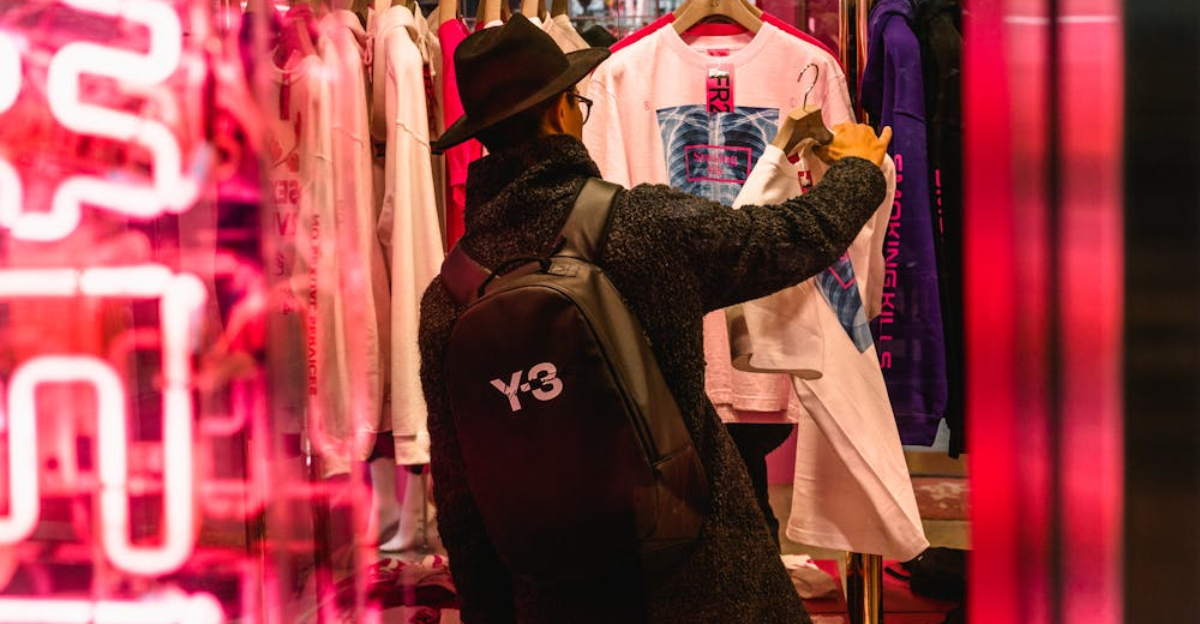
Maison Kitsuné’s U.S. exit may seem drastic, but it reflects deeper trends: rising retail costs, shifting consumer behavior, and the primacy of e-commerce in fashion. Whether the brand will support global growth without the brick-and-mortar presence in its second-largest market remains in question. The story may mark a turning point, not the end, but a new chapter. What future US presence may emerge will depend on how well the brand rebuilds digital, wholesale, and community connection.
